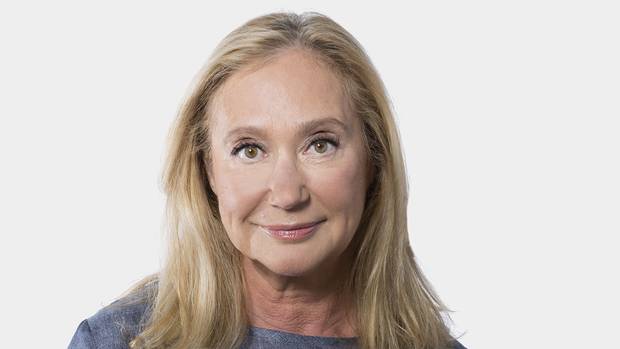Like this article? rabble is reader-supported journalism. Chip in to keep stories like these coming.
Mainstream news media and social media are in near-unanimous agreement. After nine years of a Conservative government with limited popular support, we now have a prime minister who cries for the Indigenous Peoples of this land and dances in support of the LGBTQ+ community.
However, as many marginalized peoples in this country are aware, there are many areas in Canada that warrant scrutiny and today I am going to focus on one in particular: Canadian news media.
In December 2015, I wrote a response to the CBC’s The National about their panel discussion on cultural appropriation. The panel began by discussing a group of University of Ottawa students who claimed that a free yoga class that was offered on campus was culturally insensitive and a form of appropriation.
I was immediately struck by the insensitivity and inappropriateness of the segment; from the intro music (played on a sitar) to the video footage of a man in blackface to the overarching tenor of the conversation, I was left with a sour taste in my mouth. In particular, I was troubled by the fact that, Dalton Higgins, the sole panelist of colour in the debate, was essentialy required to prove that cultural appropriation exists. My frustration reached a boiling point when two of the panelists dismissed the allegations of the UOttawa students as part of the rise of “victim culture.”
I’ve seen this situation many times before. Whether the issue is the niqab, fat-shaming, or the myriad other issues affecting marginalized groups, the CBC and other news outlets routinely tokenize guests, asking them to speak on behalf of an entire community and make a case for the discrimination they face.
More commonly, marginalized people are absent from the conversation and left to listen to people outside of the community make prescriptions about change and reform. This is perhaps most apparent in the recent news coverage of the Black Lives Matters protest at Toronto’s Pride.
In days following Pride, various journalists have begun to analyze BLMTO’s 30-minute disruption of the parade. Unsurprisingly, the majority of these “experts” are white and their analysis falls within the very narrow spectrum of BLMTO “overplayed their hand” and BLMTO is divisive. For example, the CBC’s Mark Gollom, a white journalist, interviewed four other white people (and no Black people) in a discussion of whether BLMTO’s tactics “hurt or help its cause.” The National Post’s Robyn Urback chimed in with her column “How Can Black Lives Matters claim ‘victory’ when Pride Left so Many Divided?”
Margaret Wente, a journalist mired in controversy about her journalistic integrity, wrote a column for The Globe and Mail called “The Bullies of Black Lives Matters.” The article refers to BLMTO as the “victim group du jour,” refers to police participation in Pride “a welcome symbol of solidarity and inclusion,” and — as her title suggests — traffics the idea of BLMTO as bullies.
Further, Wente claims
“Identity politics trumps everything these days, and the more minority identities you possess, the greater is your claim for recognition, redress and a soapbox. For instance, Black Lives Matter co-founder Janaya Khan describes ‘themself’ as a ‘Black, queer, gender-nonconforming activist.’ Which means there’s probably no better place to be on Earth than here. Better here, at any rate, than Jamaica, Mexico or Istanbul, where the Pride Parade was broken up by tear gas.” (Scarequotes in original.)
As someone with 30 years of lived experience facing racist discrimination and violence in Canada, Wente’s dismissive tone and race-to-the bottom mentality (“Better here than…”) smacks of ignorance, insensitivity and racism. It is hurtful and cruel and ignores the realities of so many people in this country.
Given the abundance of information on oppression, intersectionality, gender non-conformity, Indigenous rights and the Black Lives Matters movement, one must question why marginalized peoples are asked time and time again to defend the existence of their realities. At best, Canadian news media are blissfully unaware that oppression exists. At worst, they are actively trying to erase — not eradicate — oppression from the national narrative. I’ll leave it up to you to decide.
In Canada, news coverage and reporting remain overwhelming populated by white people. This reinforces oppression both, passively, through the absence of marginalized peoples and, actively, through the propagation of absurd narratives such as “victim culture” and “victim du jour.”
So, the next time you find yourself reading glowing praise of our famously progressive prime minister in the press, consider those among us who have grown accustomed to the tepid racism of Canadian news media and remain unaware that its temperature is rising.
Phillip Dwight Morgan is a published author of poetry and short essays. He views writing as an opportunity for self-discovery, emancipation and nourishment.
Like this article? rabble is reader-supported journalism. Chip in to keep stories like these coming.
Image: Globe and Mail




